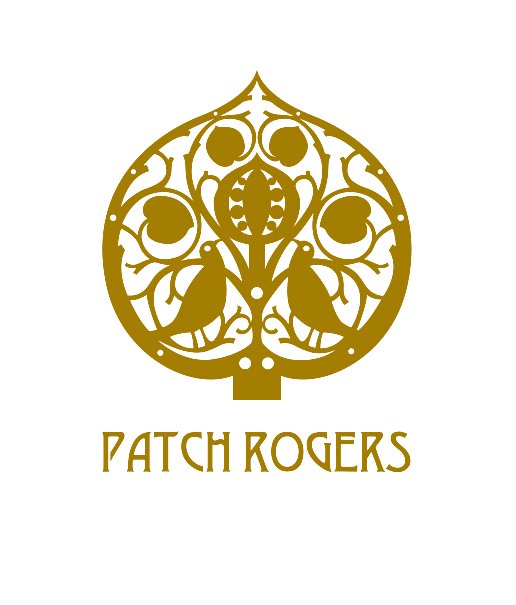GEORGE WALTON FURNITURE
GEORGE WALTON FURNITURE
Arts and Crafts Glasgow School wardrobe and dressing table in figured birch with ebony chevron detail, sunken handles backed with steel, leaded and coloured glass panels.
Designed by George Walton (labelled to the back)
The suite was purchased on the Isle of Wight. George Walton was commissioned by Miss Emily Madeline Du Pre described as an eccentric lady collector to design St John’s a ‘villa’ on the Isle of Wight to house her collection of antiquities collected from around the world
Glasgow School Library Chair by George Walton circa 1900
Designed for his great friend George Davison, Director of Kodak
Provenance: George Walton by Karen Moon p140
Image of George Davison at his desk in the library annexe
GEORGE HENRY WALTON 1867 - 1933
His father's death in 1873 left the family in difficult circumstances, and at the age of thirteen George started work as a clerk with the British Linen Bank. When he was commissioned to redesign one of Miss Cranston's tea rooms at 114 Argyle Street in Glasgow, Walton started his own decorating company, George Walton & Co, Ecclesiastical and House Decorators, in 1888 at 152 Wellington Street. The peacock became the firm’s emblem. His arts and crafts style of decoration, including his woodblock printed wallpaper production, was influenced by William Morris and included stencilling, a common technique in Scotland at this time, and highly decorated wall surfaces in floral patterns, in line with prevailing fashion and also influenced by Japanese pattern books, reflecting Glasgow’s then active trade with Japan. He was also greatly influenced by James Whistler.
His work ventured into almost every avenue of decorative art, helping to pioneer the distinctive Glasgow Style. In 1890 he employed Robert Graham, the future manager of the company in 1903–05, and met the Quaker architect Fred Rowntree (1860–1927) at an amateur dramatic performance. On 3 June 1891 Walton married Kate Gall, a London girl from an affluent family, and moved into Charing Cross Mansions. Their daughter was born in 1892.
Walton's firm rapidly diversified, winning commissions in woodwork, furniture making and stained glass. From 1896 Walton partnered with Fred Rowntree, in Rowntree family projects in their home town of Scarborough. In 1896, this led to his first commission in England for John Rowntree, who owned a cafe in the town. This project saw Walton’s first significant foray into furniture design, including the distinctive ‘Abingwood’ chair. Walton’s style by this stage was developing restrained ornament set off against plain surfaces.
In the same year he decorated and furnished Miss Cranston’s Buchanan Street tea room, originally designed by George Washington Browne where Walton continued to develop his stencilling technique. Walton also designed the furniture which was noted for its ‘sinuous verticality’ and accorded with the Glasgow Style aesthetic.












